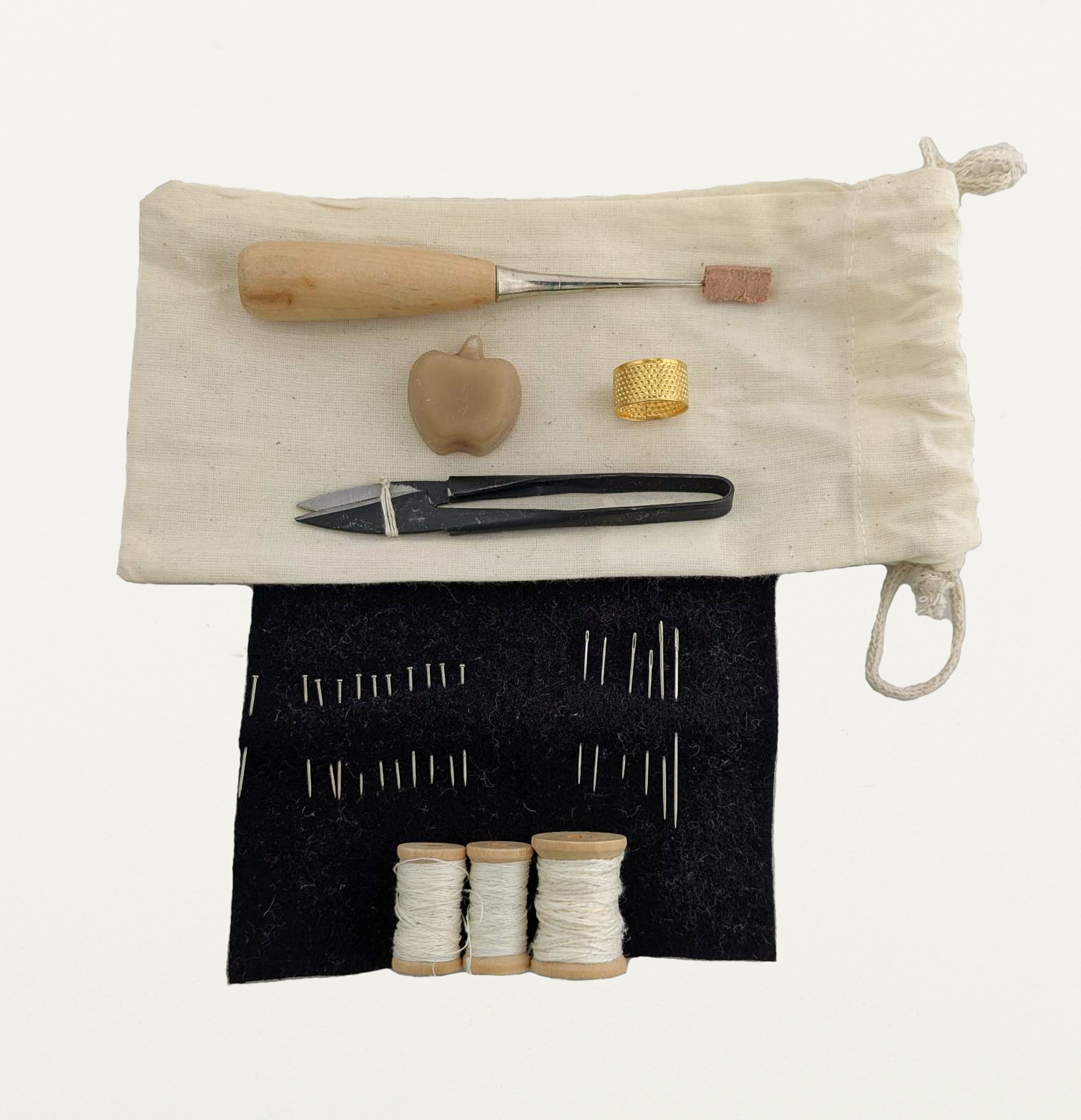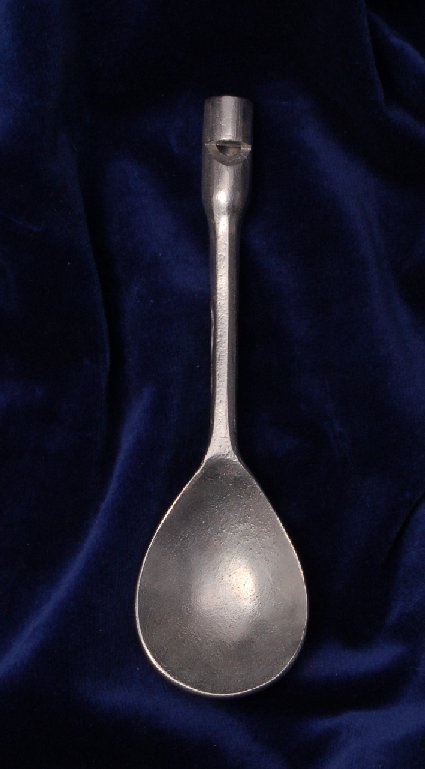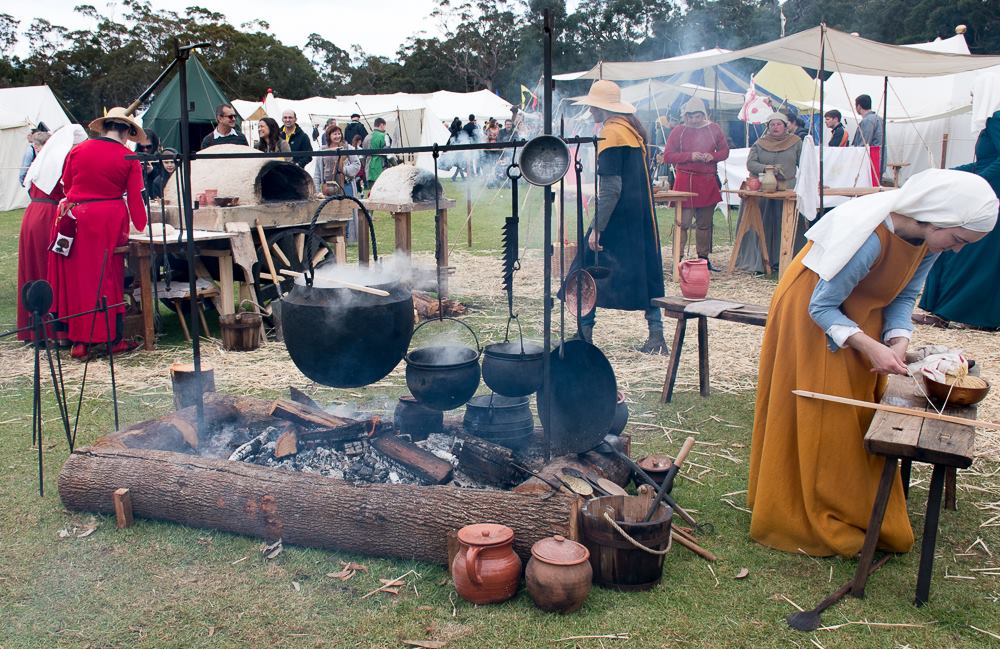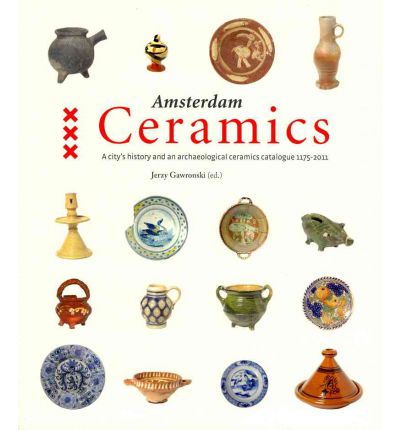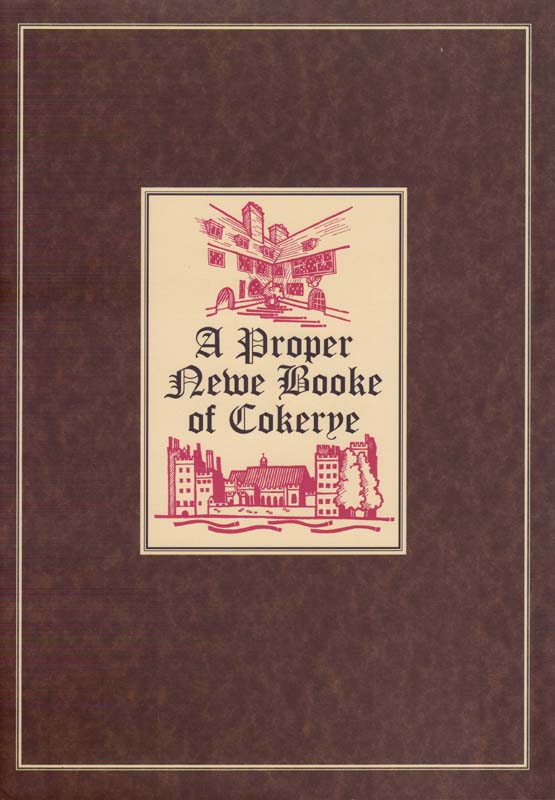
If you are new to sewing, then the different numbers in front of the linen thread can be confusing. What does it mean? What are they for? We wrote an article about how they compare to sewing machine threads here but that doesn’t really clear up the question of, but what should I use the different weights for? Below, we discuss what we use the different weights of linen thread for
90/2 – What we call “Extra Light”. This sewing thread is very fine and is good for delicate fabrics, like light weight linen, which aren’t going to have a lot of stress put on them. Napkins, veils and cuffs of shirts are where we would use this thread. It’s also good for lace work.
60/2 – What we call “Light” – Slightly heavier than the extra light, and good for construction seams on light linen – such as shirts, smocks and underwear.
35/2 – What we call “Medium” -This is our most common thread and used for constructions seams in linen and medium weight wools.
25/3 – Our “Heavy” thread. It’s what we use for construction seams of wool garments and other medium to heavy weight fabrics.

